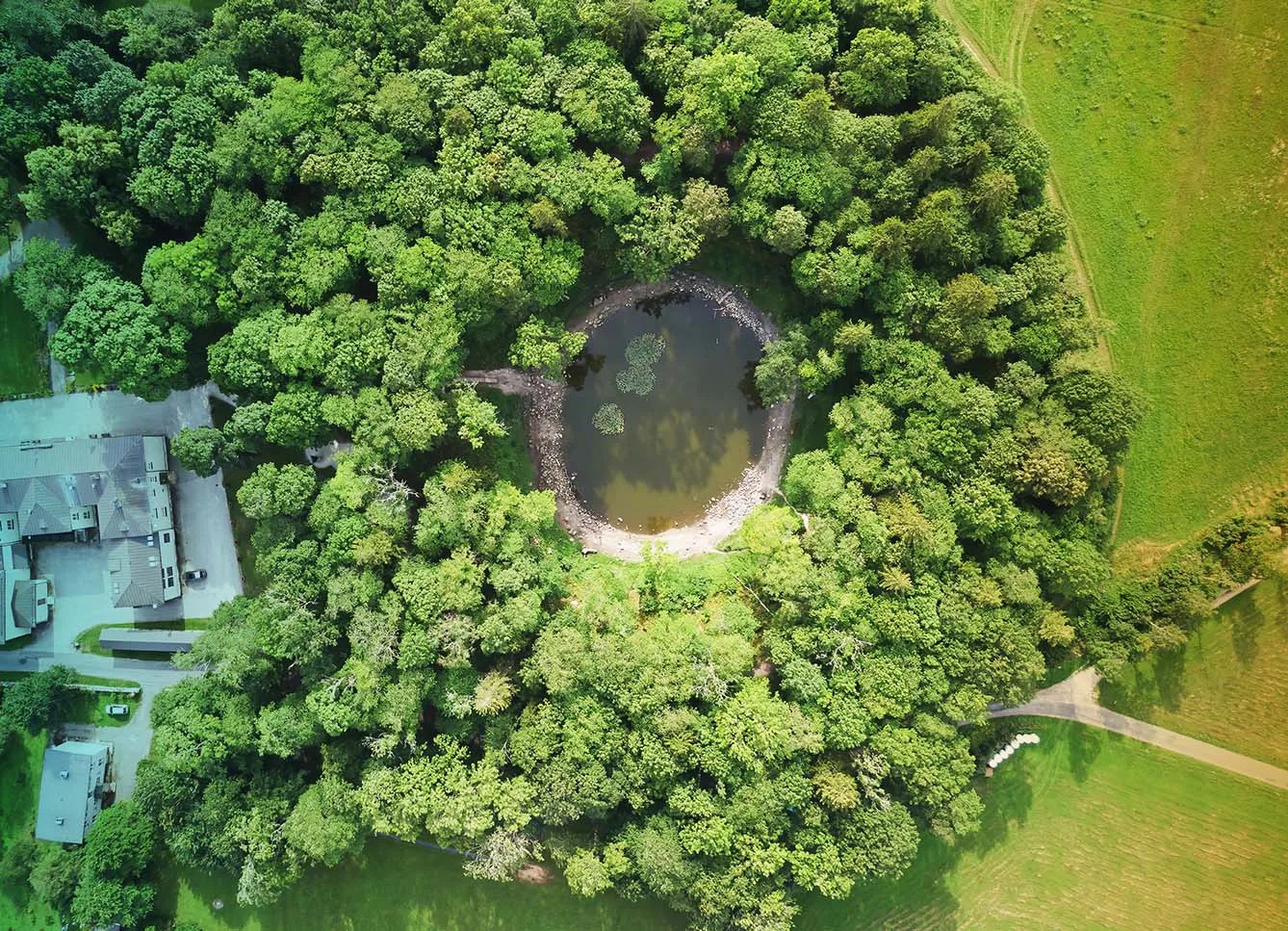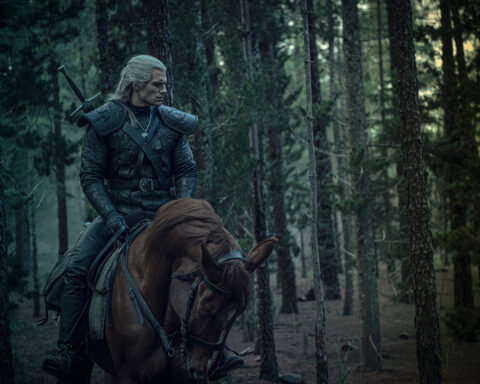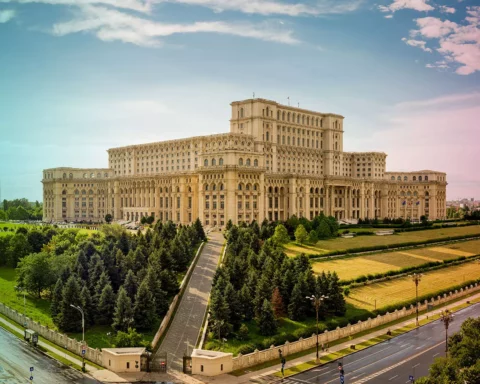Hidden and eroded – Lithuania
Many now largely eroded and hidden craters can be found in our region. However, out of them, the Vepriai Crater of Lithuania deserves mention. Being the largest crater in this country, Vepriai measures a whopping 8 kilometers (5 miles) in diameter! The crater is undoubtedly an old souvenir as it is estimated that the impact, which created it, occurred sometime during the mid or late Jurassic period (approximately 160 million years ago, give or take ten million years).
It is also estimated that the initial depth of the crater amounted to 500 meters, but, as life hates a void, it was quickly filled with sand, clay, and rocks. Today the town of Vepriai and a small lake are located in the center of the crater, hence the site’s name. Local research confirmed the presence of shatter cones, thus proving that the land of Lithuania bears a scar of otherworldly origins.
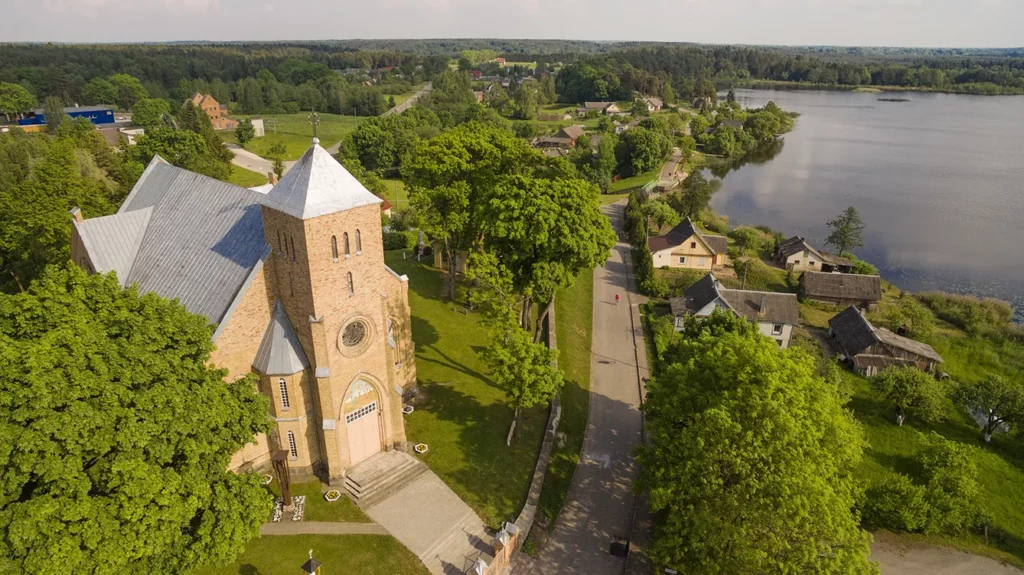
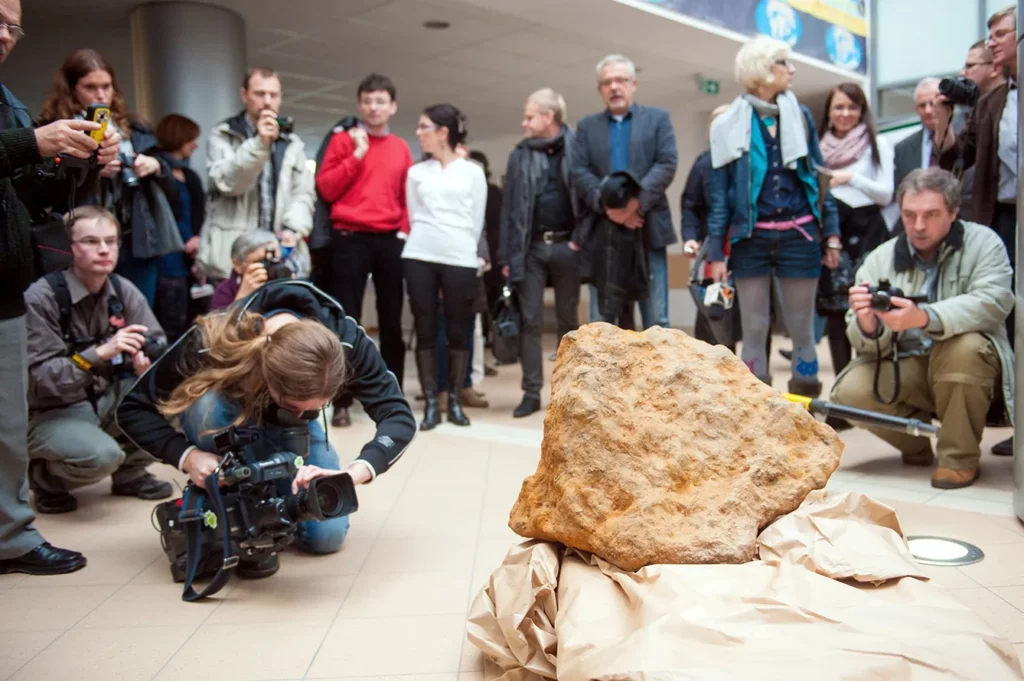
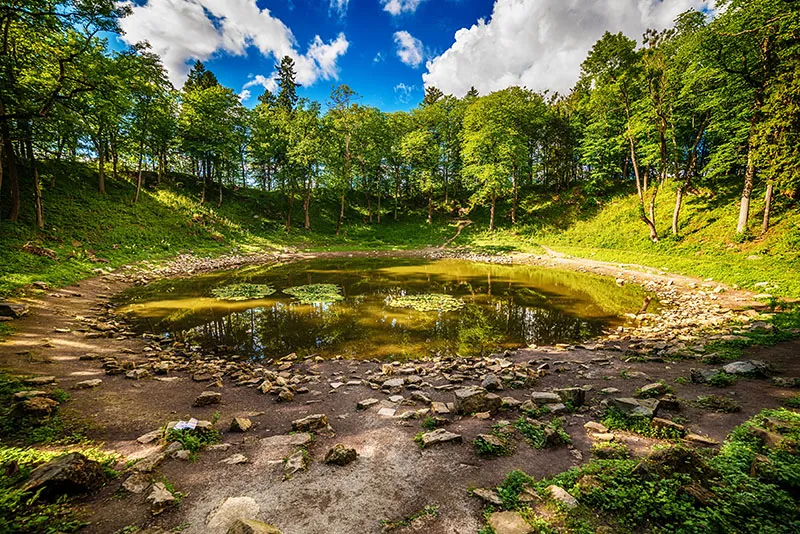
Decent-sized and secular – Poland
The Morasko Nature Reserve in Poland was founded in 1976 and was never considered sacred land. Administrationally it is located in the northern part of Poznań. It is a reasonably young meteorite site, as the impact is estimated to have occurred some 5000 years ago. Today you can see seven craters, of which the largest is 13 meters deep and 100 meters in diameter. The first recorded discovery of an iron body meteorite fragment occurred in 1914 when a large fragment weighing nearly 78 kilograms was uncovered. Fragments are still being found as the craters are what is left of a once-upon-a-time meteorite shower.
In 2006, a 164-kilogram fragment was discovered, and at that time, it was the largest meteorite that had been found in Poland. Its thunder was stolen only six years later when in 2012, a couple of explorers discovered a massive 261-kilogram piece. According to Professor Stanisław Lorenc of Adam Mickiewicz University, if it were to strike today, a meteorite shower of the same size would be capable of destroying the city of Poznań. Morasko constitutes an important meteorite site and is the largest site of this type in Central Europe. An easily accessible trail takes you on a walk through a picturesque forest, which provides shelter to some rare species of flora and fauna. An unobvious and well worth it stop when visiting the Greater Poland region!
Young, large, and sacred – Estonia
Another recommended meteorite site in Central Europe can be found in Estonia. Although sizewise the crater is similar to the abovementioned Morasko site, Kaali has an extra cultural feature, but we will get to that in a second. Younger than its Polish counterpart, Kaali is estimated to be circa 3000 years old. The largest of nine craters measures 110 meters in diameter and is filled with water. It is classed as the world’s 8th largest and youngest meteorite impact site and is certainly worth a visit.
If you need more than a rather large hole in the ground, regardless of its origin, to make you want to visit Kaali on Saareema island, perhaps the mythology surrounding the location will tip the scales in its favor. Kaali is connected to various mythological tales and was a possible place of sacrifice. The latter theory is supported by archeological evidence showing many bones of domestic animals under the water surface.
So if you are interested in astronomy, make sure to check what gems are hidden in the Three Seas Region you find yourself visiting. Some fascinating, extraterrestrial treats may be closer than you expected!


